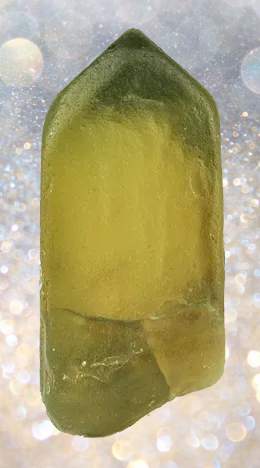Yellow is a bright color, and yellow stones in jewelry light up your look with the brilliant glints and touch such as only yellow gemstones can.
Yellow gems give the colors beside them that desirable golden highlight, making you look even brighter and glamorous. Want to know the different types of yellow rocks worn on jewelries?
Here is a list of yellow jewels, from the most expensive to the more affordable.

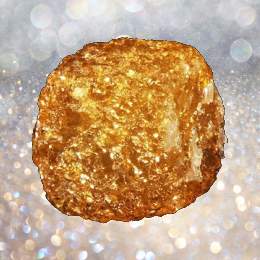
Yellow diamonds
Not clear or white diamonds, are in fact the most common of diamonds, with red and black among the rarest.
People like white diamonds over yellow gemstones, however, which explains how white or clear diamonds are so rife in the market to the point that people think all diamonds are white.
The yellow precious stones do exist, produced by the intrusion of nitrogen into the otherwise colorless precious stones — which is the most common impurity in diamonds.
A variety of yellow gems can be quite expensive, however, even more expensive than white diamonds. The precious yellow stones command high prices when they are vividly yellow, otherwise known as fancy canary diamonds.
Diamond in general is the traditional and modern birthstone for the month of April, both in the Western and Hindu calendar
Sapphires come from the mineral corundum, which is second only to diamond in hardness, and when red is called ruby.
Besides green, black, and its best-known color, blue, sapphire occurs as yellow gemstones.
Though traditionally a birthstone for the month of April, sapphire in general has been made the birthstone for the month of September in the Western calendar, while the Hindu calendar designates the precious stone as the July birthstone.
Sapphire remains the birthstone for the zodiac sign Taurus.

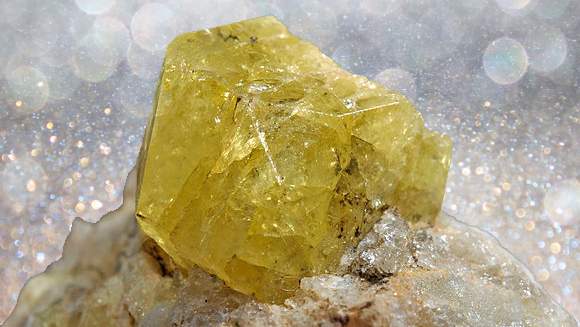
Beside white, rhodizite and londonite both occur as yellow stones.
The yellow rocks are borate minerals, a group which includes salt. Unlike salt, the yellow gemstones are not soft and soluble, but are resistant to weathering.
The yellow gems make rather expensive jewelry due to their rarity.
Yellow Spinel
While known mostly for their red color, which makes them great substitutes for ruby, spinel also occurs as yellow stones, along with black, blue and green.
The yellow gemstones are extremely rare, however, and are only mostly availed of as collector’s pieces.
Besides red and green, sphene, better known as titanite for its titanium content, also occurs as yellow stones.
The yellow gemstones are transparent to translucent precious stones.
The yellow gems are prized for their brilliance that can exceed diamonds, but the hardness of the yellow rocks is inferior to that of diamonds.
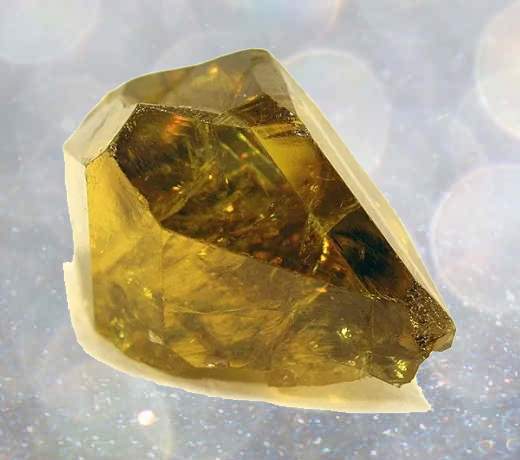

Beside black, red, green and almost all other colors, tourmaline is also available as yellow stones, though the yellow gems are very rare.
The yellow gemstones come from the species of tourmaline called dravite, as well as the more valuable elbaite.
The yellow rocks are mined in Brazil and Africa.
Ordinary chrysoberyl is yellowish green, which is transparent to translucent.
When chrysoberyl occurs as yellow gemstones, the precious stone is called cymophane, more popularly known as cat’s eye.
The precious yellow stones are the third hardest of precious stones, next to diamond and corundum (that is, ruby and sapphire).
The yellow gems are highly valued for their chatoyancy or iridescent luster, which is also present in the tiger’s eye.
The yellow precious stones used to be the traditional birthstone for the month of June in the Western calendar, and remain the birthstone for November in the Hindu calendar.

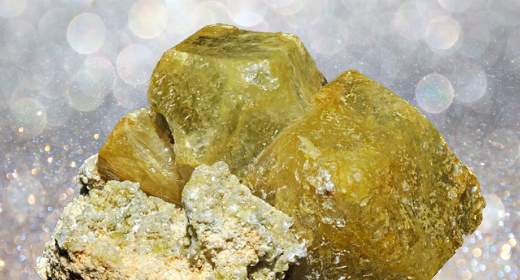
Yellow Garnet
While garnets are best known for their red color — the name garnet itself meaning “dark red” — the precious stones also occur as yellow gems.
The yellow stones come from three species of garnet, namely, spessartine (also known as spessartite), andradite (the yellow gemstones specifically called topazolite), and grossular.
Garnet in general is the traditional and modern birthstone for the month of January in the Western calendar, as well as the zodiac sign Aquarius.
Yellow Zircon
Zircons are excellent substitutes for diamonds and, like diamonds, come in virtually all colors, including red, black, green, and yellow.
The yellow stones are abundant in the earth’s crust, which explains the relative inexpensiveness of the yellow gemstones.
